The Visual Alchemists: 100 Artists Who Transformed How Humanity Sees
Dinis GuardaAuthor
Tue Nov 11 2025

Explore 5,000 years of human creativity in 'The Impossible Archive of Human Transcendence.' From Sumerian sculptors to contemporary visionaries, discover the 400 most influential visual artists who shaped humanity’s imagination, culture, and soul.
From the whitepaper "Top 400 Most Influential Creators Artists of All Time" by Dinis Guarda
The Impossible Archive of Human Transcendence
What audacity drives us to catalogue genius? What cosmic arrogance compels humanity to rank its own prophets?
This is not a list. This is an act of defiance against time itself.
For 5,000 years, from anonymous Sumerian sculptors to digital alchemists, artists have been humanity's most dangerous rebels. They refuse the world as given. They are architects of the impossible, translators of the ineffable, witnesses who make us see what we've been blind to for millennia.
The thesis is unshakeable: each human being IS humanity. When Michelangelo struck marble, all of humanity struck marble. When van Gogh painted starry nights, every human learned the cosmos could dance.
This compendium draws from the deepest wells: academic surveys, museum collections (MoMA, Tate, Louvre), critical aggregations, and scholarly works by Gombrich, Bloom, Schama, and Clark. But here's the radical truth: no list can contain the infinite. What follows is provocative, not definitive, a mirror held up to our collective soul asking: Who are we? What have we made? What does it mean to create?
From cave paintings to NFTs, this is humanity refusing silence, refusing invisibility, refusing death itself.
The Ancient Prophets: When Gods Were Made Flesh (c. 3000 BCE - 400 CE)
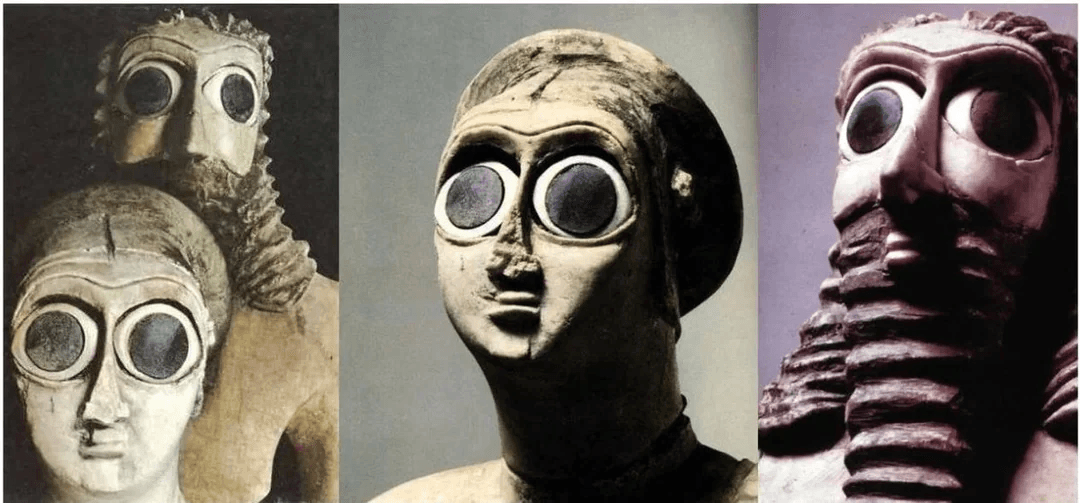
The first artists gave divinity a physical form. Anonymous Sumerian sculptors created votive figures with enormous eyes still staring across five millennia. Imhotep designed the Step Pyramid, the first artist whose name survived death, proving architecture is frozen music. Egyptian tomb painters mastered eternal life in lapis and ochre, creating the longest-lasting visual system in human history (3,000 years).
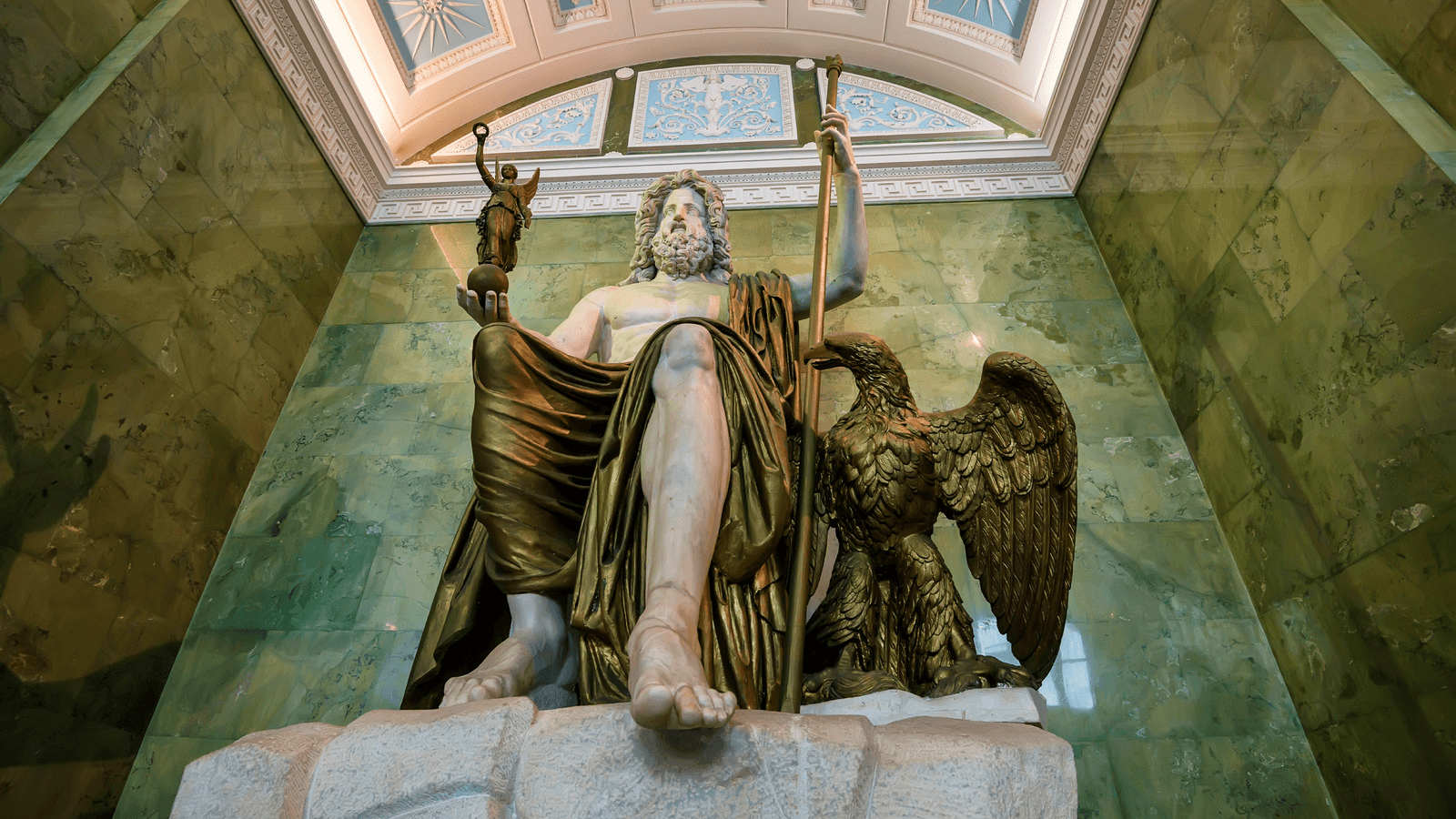
Phidias sculpted Zeus at Olympia and codified Classical ideals haunting Western art for 2,500 years. Praxiteles taught stone to breathe with the first nude Aphrodite. Zeuxis painted grapes so real that birds pecked them, establishing our obsession with illusion. And Ajanta Cave painters covered walls with Buddhist narratives that remain among humanity's most spiritually sophisticated visions.
The Medieval Mystics: When Faith Found Form (400-1400 CE)
Byzantine icon painters created sacred images that weren't representations but presences, windows between earthly and divine realms. Their golden grounds rejected naturalism for theological truth.

Then came Giotto (1267-1337), the thunderclap that ended the Middle Ages. His Scrovegni Chapel frescoes introduced weight, volume, emotion, psychological depth. He made the flat become round, the symbolic become human. Dante placed him in the Divine Comedy; Boccaccio called him art's resurrector.
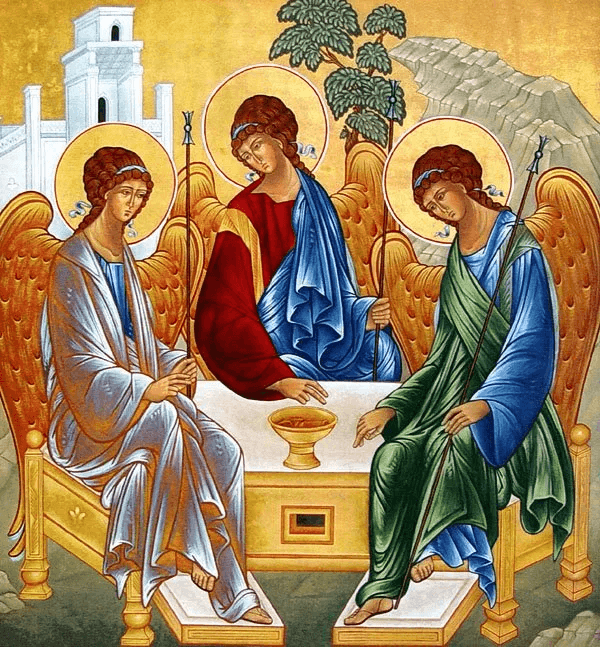
Duccio synthesized Byzantine mysticism with emerging naturalism in Siena. Andrei Rublev achieved perfect theological poetry with his Trinity icon, three angels representing divine paradox through pure visual rhythm.
The Renaissance Revolution: When Humanity Became the Measure (1400-1600)
Jan van Eyck perfected oil painting, making paint behave like captured reality. Masaccio died at 26 but achieved perfect linear perspective, mathematical proof that painting could recreate space. Donatello created the first free-standing nude since antiquity.
Then the titans arrived:
Leonardo da Vinci (1452-1519): The impossible polymath. Painter, inventor, anatomist, engineer. His Mona Lisa and Last Supper remain unsurpassed. He dissected 30 corpses, invented the helicopter 400 years early, left 13,000 pages proving art and science were one quest.
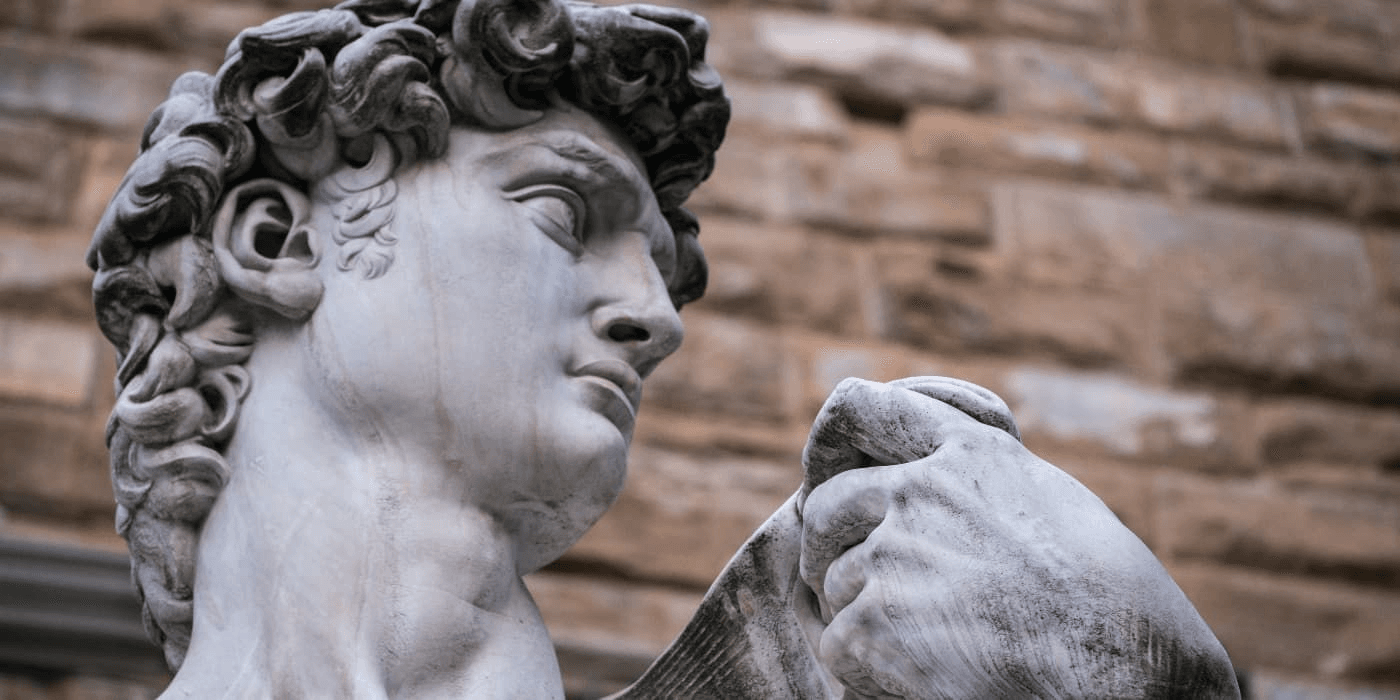
Michelangelo (1475-1564): He declared marble already contained the figure, he merely released it. The David, the Pietà, the Sistine Chapel ceiling. He lived 88 years wrestling with stone, paint, and the impossible burden of genius.
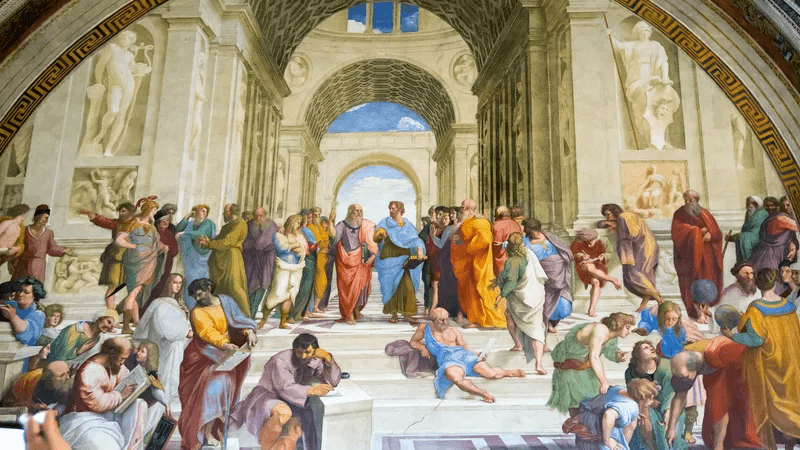
Raphael (1483-1520): Dead at 37, but The School of Athens captured perfect Classical harmony. Where Leonardo brought mystery and Michelangelo brought power, Raphael brought grace.
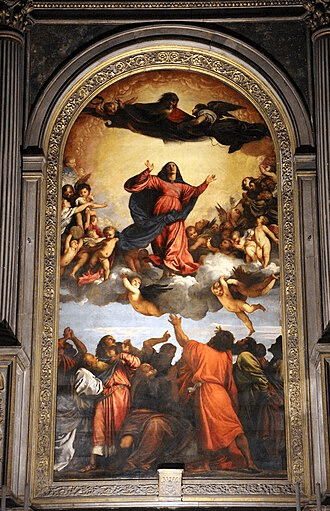
Titian made paint itself expressive, anticipating Impressionism by 300 years. Hieronymus Bosch created hallucinogenic triptychs from humanity's collective unconscious. Albrecht Dürer elevated printmaking to high art and democratized images. Bruegel viewed humanity from godlike distance, our comedies and tragedies equally tiny against creation's vastness.
The Baroque Drama: When Art Became Theatre (1600-1750)
Caravaggio (1571-1610) dragged sacred subjects into Roman taverns and painted them by candlelight. His chiaroscuro made spirituality physical, dangerous, urgent. He killed a man, fled Rome, died mysteriously at 38, leaving paintings that still shock.

Rubens defined Baroque exuberance with voluptuous figures and explosive energy. Artemisia Gentileschi, first woman in Florence's Accademia, transformed trauma into biblical vengeance with Judith Slaying Holofernes.
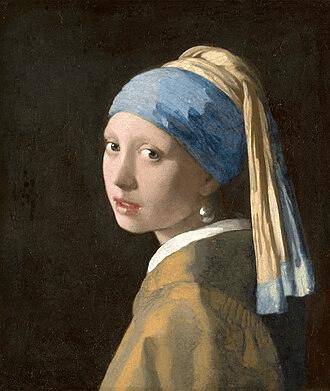
Velázquez's Las Meninas remains art history's greatest puzzle, a painting about painting itself. Rembrandt's 80+ self-portraits document a soul across time; he died bankrupt but immortal. Vermeer, sphinx of Delft, painted only 35 works capturing light with such precision some believe he used a camera obscura.
The Enlightenment's Children: Reason and Romance (1750-1850)
Hogarth invented sequential narrative paintings. Goya lived through Enlightenment and Napoleonic wars, documenting reason and horror, deaf in later years, painting nightmares on his dining room walls. Modernity's dark prophet.
Jacques-Louis David turned political assassination into secular Pietà. William Blake saw angels in trees, rejecting rationalism for prophetic imagination, unrecognized in life, posthumously Romanticism's patron saint.

Turner dissolved the world into light and atmosphere; his late works are abstract before abstraction existed. Constable proved the ordinary is miraculous. Caspar David Friedrich painted sublime landscapes where tiny humans confront infinite nature, Wanderer Above the Sea of Fog became modernity's icon of existential solitude.
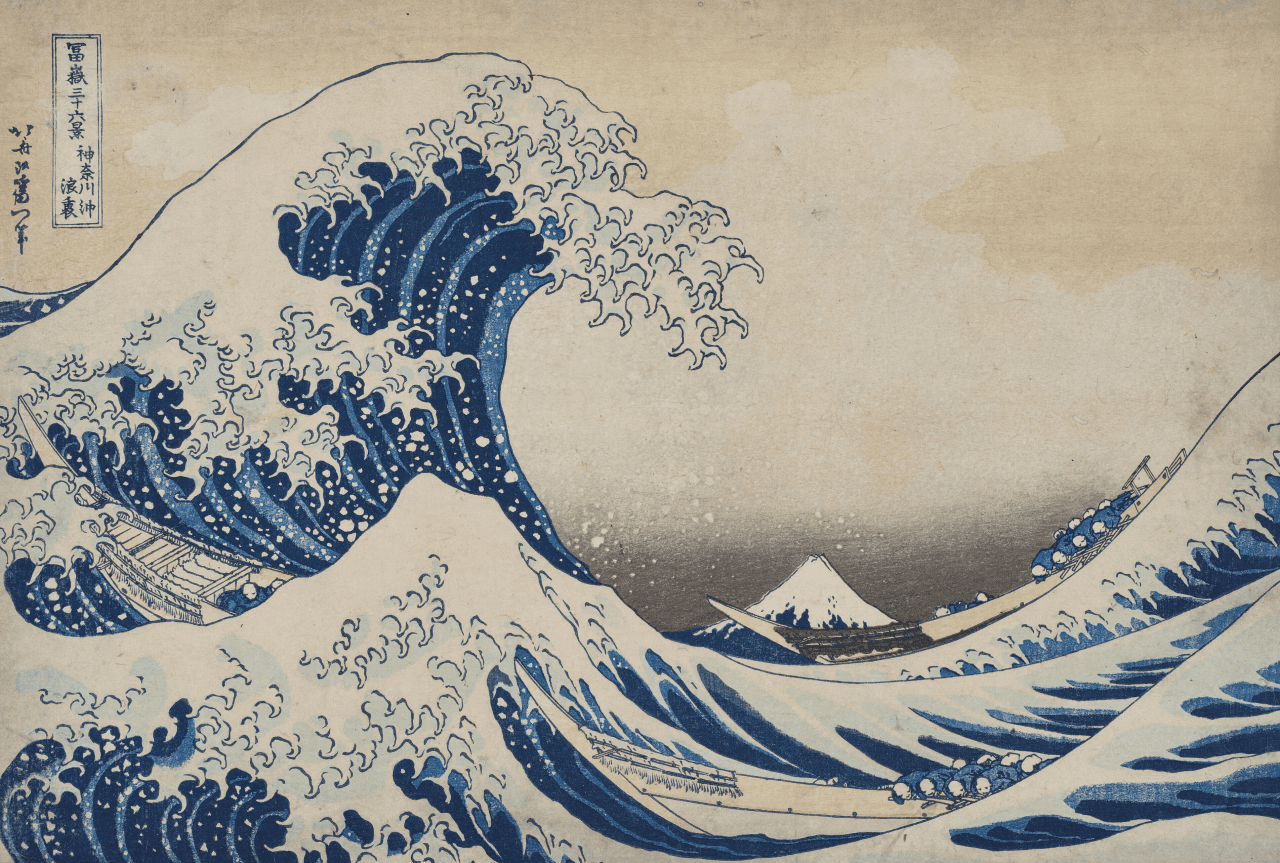
Hokusai and Hiroshige created ukiyo-e masterpieces (The Great Wave) that influenced European Impressionists and taught artists that weather itself could be a subject.
The Modern Explosion: When All Rules Broke (1850-1950)
Courbet painted peasants with dignity reserved for heroes. Manet scandalized Paris by stripping mythology from the nude, Baudelaire called him "the painter of modern life."
The Impressionists arrived: Monet gave the movement its name with Impression, Sunrise, painting light's transformation moment by moment. Half-blind from cataracts at 86, he created ever-more abstract gardens. Degas captured ballet dancers and café life with Japanese asymmetry. Renoir, crippled by arthritis, kept painting: "The pain passes, but the beauty remains." Berthe Morisot and Mary Cassatt broke gender barriers.

Post-Impressionism transformed everything: Cézanne, "father of modernism", analyzed nature into geometric forms leading to Cubism. Matisse and Picasso called him "father of us all." Gauguin abandoned Europe for Tahiti seeking "primitive" authenticity.
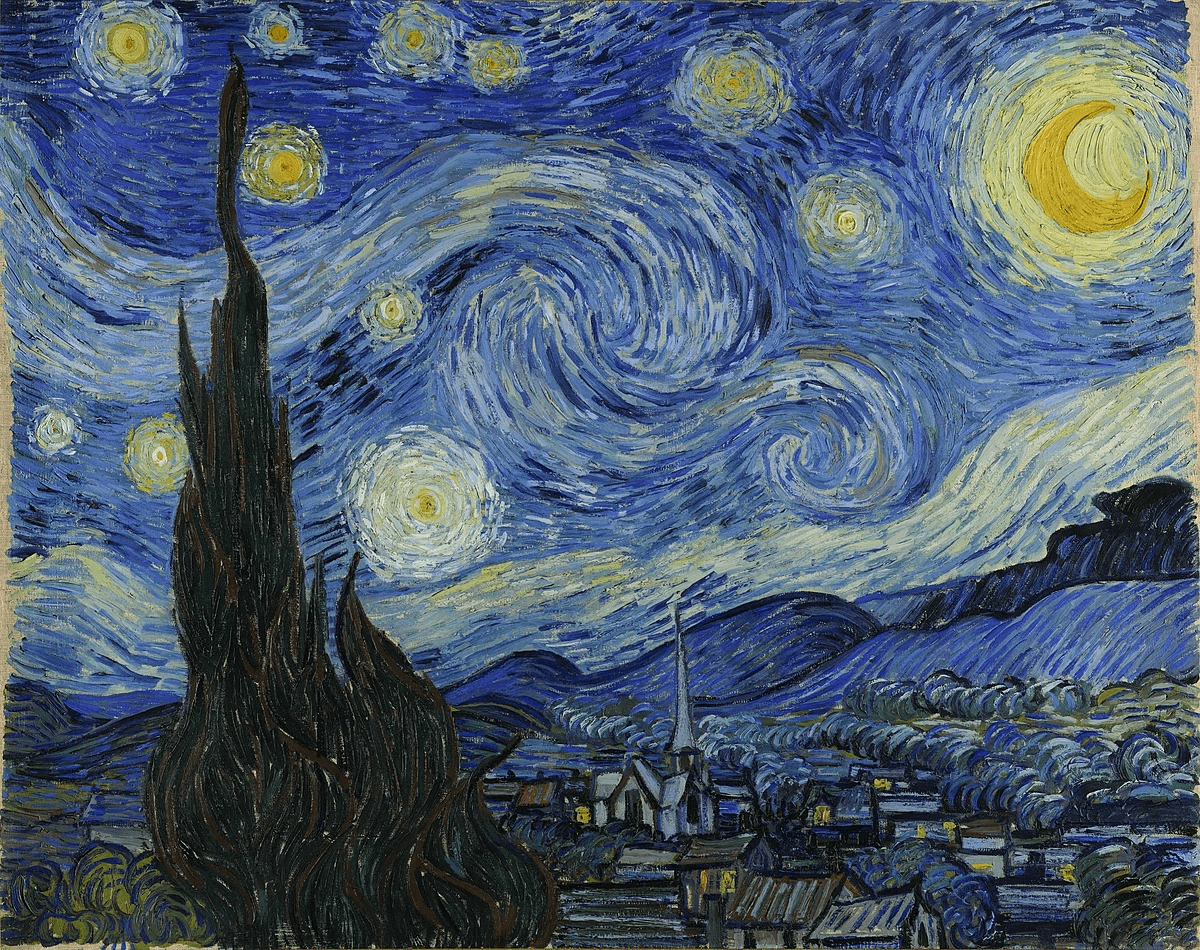
Van Gogh (1853-1890): Sold one painting in his lifetime. Committed suicide at 37. Created 2,000 artworks (mostly in his last two years) transmuting mental anguish into swirling cypresses, burning sunflowers, and starry nights that make the cosmos dance. His letters to brother Theo are Western art's most moving spiritual autobiography.

Expressionism erupted: Munch's The Scream became modernity's anxiety icon. Toulouse-Lautrec lived in Montmartre brothels creating posters that pioneered graphic design. Käthe Kollwitz documented working-class suffering and war; the Nazis banned her work.
The 20th Century Titans
Henri Matisse (1869-1954): Liberated color from representation. His cut-outs, created when bedridden, are paper symphonies. He and Picasso defined 20th-century art through competitive friendship.
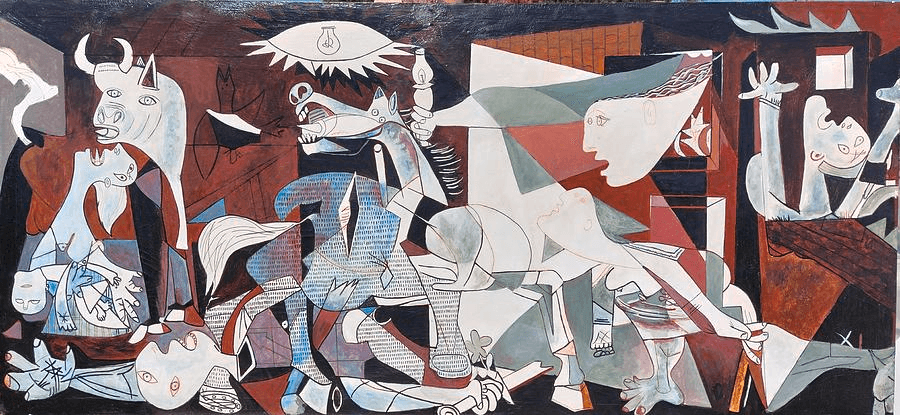
Pablo Picasso (1881-1973): The century's artistic colossus. Lived 91 years, produced 50,000 artworks. Co-invented Cubism, created Guernica, the definitive anti-war painting. Moved through Blue Period, Rose Period, Cubism, Neoclassicism, Surrealism. His ego was Himalayan; his influence, immeasurable.
The Abstractionists: Mondrian reduced art to primary colors and lines seeking universal harmony. Malevich's Black Square was painting's degree zero. Klee created visual notation for dreams.
The Surrealists: Dalí, Magritte, Miró, Ernst painted dreams and philosophical riddles. Duchamp submitted a urinal asking "What is art?", undermining centuries of assumptions.

The Abstract Expressionists: Pollock dripped and splattered paint onto floor canvases, revolutionizing what painting could be. Rothko sought transcendence through luminous color fields before slicing his arms at 66. De Kooning made painting an arena of violent action. Motherwell created 170 elegies to the Spanish Republic.
Francis Bacon painted screaming popes and tortured flesh, 20th-century alienation with visceral power.
Contemporary Prophets
Pop Art: Warhol turned soup cans and Marilyn into icons, becoming the artist-as-celebrity-brand. Shot by Valerie Solanas, he survived to prophesy social media. Lichtenstein enlarged comic panels into high art questioning originality.

The Provocateurs: Louise Bourgeois created Maman, a 30-foot spider, in her 80s, working until death at 98. Frida Kahlo painted physical and psychic pain into surreal self-portraits; her final painting: "Viva la Vida."
Basquiat: Graffiti artist turned gallery sensation, addressing racism and power. Died of overdose at 27; works now sell for $100+ million.
The Living Legends:
- Gerhard Richter (92): Most influential living painter, moving between photorealism and abstraction
- Anselm Kiefer (79): Confronts Nazi history through cathedral-scale paintings with straw, lead, ash
- Jasper Johns (94): Transformed flags and targets into ambiguous objects
- Cindy Sherman (70): Uses herself as model for identity explorations
- Kara Walker (55): Cut-paper silhouettes confronting slavery and racism
- Ai Weiwei (67): Chinese activist-artist using art as resistance, now in exile
- Yayoi Kusama (95): Lives in psychiatric hospital, paints daily, most expensive living female artist
- Banksy (?): Anonymous street artist whose shredded painting doubled in value. Identity unknown; influence undeniable
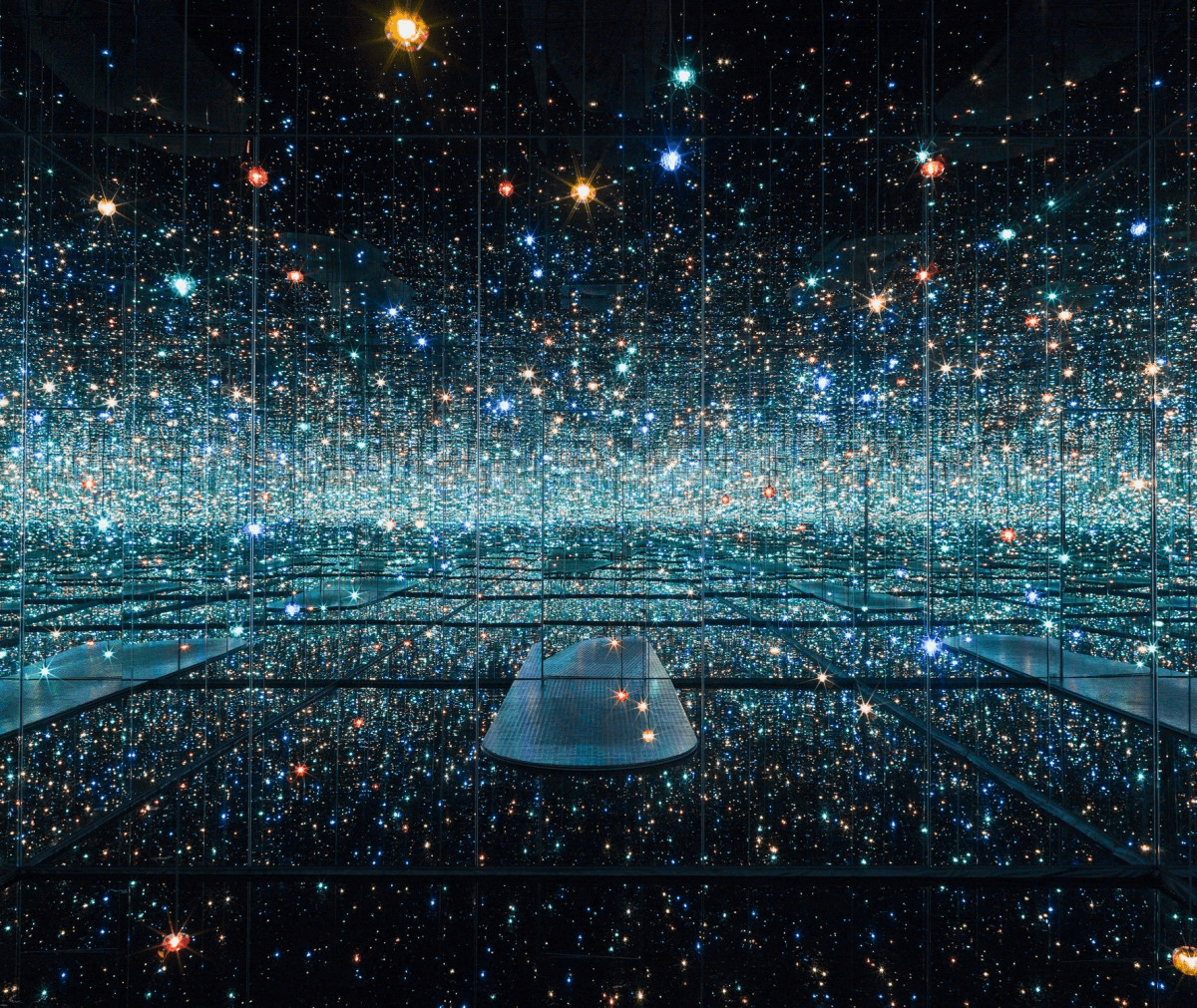
The Endless Canvas
From anonymous Sumerian sculptors to the elusive Banksy, these 100 visual alchemists represent humanity's 5,000-year conversation with itself. They are the witnesses who make us see, not just with our eyes, but with our souls.
Each refused the world as given. They looked at blank walls, uncarved stone, empty canvases and saw possibilities that didn't yet exist. They made the invisible visible, the ineffable tangible, the forgotten eternal.
This is not the complete story, no list could ever be. But it is a beginning. A provocation. An invitation to look closer, to see deeper, to understand that every brushstroke is humanity asking: Who are we? What does it mean to be human? What will we leave behind?
The visual alchemists have answered: We are the species that refuses to accept reality as fixed. We are the ones who transform lead into gold, stone into flesh, silence into symphony.
This article is excerpted from Part I of the whitepaper "Top 400 Most Influential Creators Artists of All Time" by Dinis Guarda.
Stay tuned for what’s coming Next:
- Part II: The Sound Sculptors - Musicians who shaped humanity's sonic landscape
- Part III: The Multidisciplinary Titans - Creators who transcended boundaries
- Part IV: The Cinematic Titans - Filmmakers who taught us to dream in motion
previous
What Is Consciousness? The Question That Defines What It Means to Be Human
next
The Untapped Potential: How AI-Powered Assistive Technology Can Transform 2.5 Billion Lives
Share this

Dinis Guarda
Author
Dinis Guarda is an author, entrepreneur, founder CEO of ztudium, Businessabc, citiesabc.com and Wisdomia.ai. Dinis is an AI leader, researcher and creator who has been building proprietary solutions based on technologies like digital twins, 3D, spatial computing, AR/VR/MR. Dinis is also an author of multiple books, including "4IR AI Blockchain Fintech IoT Reinventing a Nation" and others. Dinis has been collaborating with the likes of UN / UNITAR, UNESCO, European Space Agency, IBM, Siemens, Mastercard, and governments like USAID, and Malaysia Government to mention a few. He has been a guest lecturer at business schools such as Copenhagen Business School. Dinis is ranked as one of the most influential people and thought leaders in Thinkers360 / Rise Global’s The Artificial Intelligence Power 100, Top 10 Thought leaders in AI, smart cities, metaverse, blockchain, fintech.
More Articles

The Hard Truths: Three Critical Barriers Standing Between AI Innovation and Universal Accessibility

Elder Voices of the Millennium: Adyashanti

The Rules of the Game: How Global Policy Is Shaping AI Accessibility from Rights to Reality

The Rise and Fall of Civilisations: A Complete History

When Profit Meets Purpose: How Microsoft and Corporate Leaders Are Proving the Business Case for Accessibility





